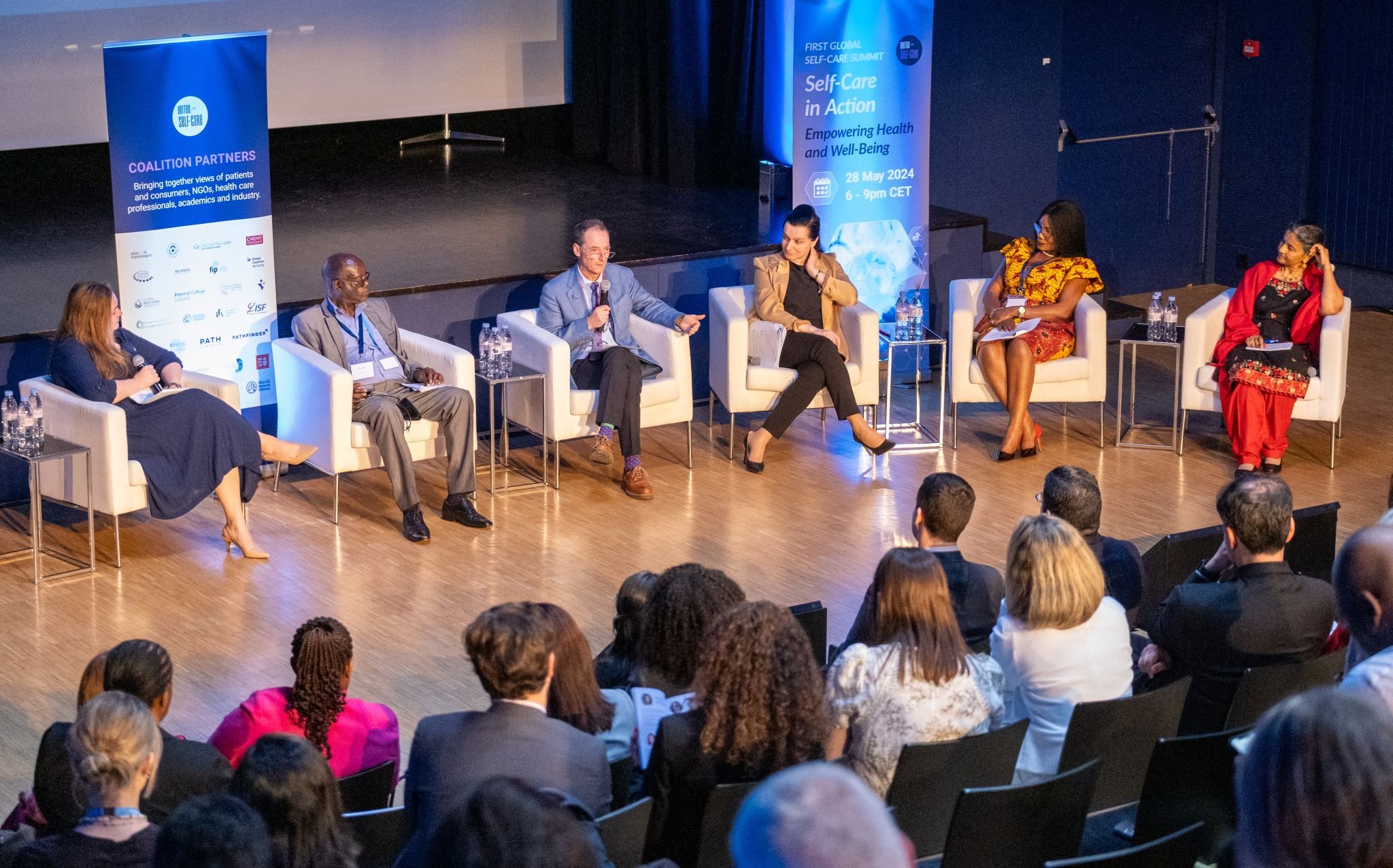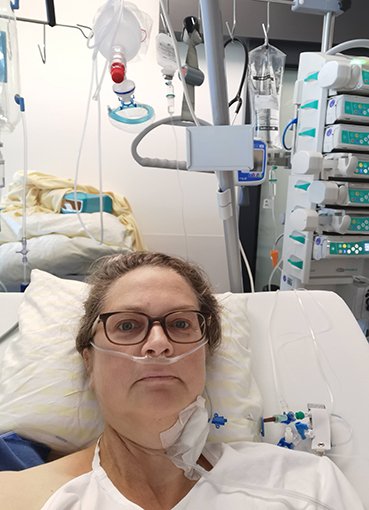Dr. Mariam Jashi, CEO of the Global Sepsis Alliance joined the distinguished panelists of the First Global Self-Care Summit held in parallel with the 77th Session of the World Health Assembly in Geneva.
The summit brought together high-level policymakers and global health experts, including Dr. Mary Munive Angermüller, Vice-President and Minister of Health of Costa Rica as the keynote speaker and senior representatives of the Ministries of Health of Egypt and Malawi as co-hosts of the event as part of their ongoing work to elevate self-care in national health policies. Ministerial delegations from Guatemala, Belize, Panama, and El Salvador also attended and contributed to the discussions on how to integrate self-care into wider health plans in the Latin American region.
Upon invitation of Judy Stenmark, the Director General of the Global Self-Care Federation, Dr, Jashi spoke on behalf of the UNITE Parliamentarians Network and the Global Sepsis Alliance and emphasized the legislative and executive approaches how to integrate self-care into public health policies. She shared the stage with Dr Manjulaa Narasimhan, Acting Unit Head for Sexual Health and well-being at the World Health Organization; Professor Iain Chapple from the Institute Clinical Studies, University of Birmingham; Ellos Lodzeni - Chair, International Alliance of Patients’ Organizations (IAPO) and Wendy Olayiwola, President, Nigerian Nurses Association UK and Professional Midwifery Advocate.
At the follow-up bilateral discussions after the summit, Mariam Jashi and Judy Stenmark discussed prospects of continued collaboration between the UNITE Parliamentarian Network, the Global Sepsis Alliance, and the Global Self-Care Foundation, including how to integrate self-care in Universal Health Coverage policies and initiatives, and expressed hopes for future collaboration for the advancement of the reinvigorated global agenda for sepsis.























